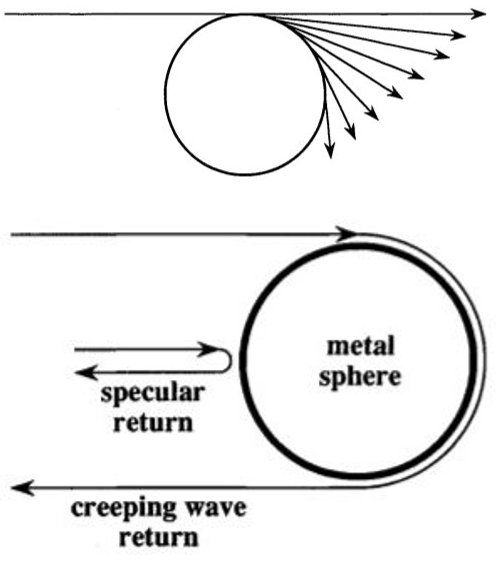No analysis on appearance alone can be complete regardless of methodology unless you have every minute detail of the aircraft on hand as well full knowledge of the materials composition of the aircraft. Only with unfettered access to the aircraft could any complete study be performed using a supercomputer. If this is the track you are following, then your question has been rhetorical all along because it cannot be answered since the J-20 is a publicly known but still classified project. The whole point of military forums like this one are to discuss these issues, the what-ifs, new developments, tactical/strategic implications, etc....not rhetoric to shut down discussions until projects are completely declassified.That APA nonsense again? They use physical optics only. As if that was not bad enough, they used estimated physical dimensions derived from photographs to plug into their PO algorithms. Ever heard of 'Garbage In. Garbage Out.'? Heck, the section 'What the Simulation Does Not Demonstrate' is longer than the section 'What the Simulation Does Demonstrate'. TWICE as long. But here is the clincher that made what APA did a joke...
What this mean is that PO is good only if the radar is staring STRAIGHT at the surface. The moment there is any angular displacement, and we are talking about a dynamic target here, PO calculations breaks down. The greater the angular displacement, the worse it gets. Given the fact that this is common knowledge, APA cannot hide this limitation. Even Chinese engineers know NOT to use the PO method alone...
If this is not your intention, then I would disagree that this is a "garbage in garbage out" analysis as you put it. PO computational method is not ideal with any angular displacement only if you are trying to achieve 100% accuracy. However, results were quoted as being in rough agreement with 3rd party measurements of test shapes approximating different J-20 surfaces. That does not sound like garbage in/out as you exaggerate. Diffraction was not measured in this study as stated in the footnotes. The study is called "A Preliminary Assessment of SPECULAR Radar Cross Section Performance in the Chengdu J-20 Prototype" afterall. I do believe you are too dismissive of this study. In the absence of any hard details from China, military analysts rely on studies such as these to make their preliminary assessments for strategic decisions.
If your sole mission is to ask for classified information and absolute proof, then you are correct and I suggest you go to Chengdu and request access to their classified RCS studies. Almost everybody else looks at what current information is available and from there note the various radar reducing features, and compare it to the estimated RCS of different known stealth aircraft or believed to be stealth aircraft and make rough approximations of capabilities. This is what every analyst does including professional aviation experts when performing their research. If some choose to call it a 5th gen aircraft because they believe it to have those qualities, it does not make them "fanboys". If you choose to believe others do not agree with you to be rah-rah cheerleaders....aka fanboys, that is your prerogative.Now show me the data that has the J-20 below the unofficial 1 meter square at 150-200 km distance. If there are none, then what I said is valid: That the J-20's label as '5th-gen' is based solely upon appearance and fanboy-ism.
Btw, the Eurofighter Typhoon, which is a 4+ gen fighter is a well known example of a non-5th gen LO aircraft. There is consensus among the aviation community that its RCS with clean configuration is around ~1m square. The Eurofighter Typhoon has a CANARD delta layout. The J-20 also has a CANARD delta layout along with an F-22A style chin, serpentine inlets, continuous curvature, LOAN nozzles, planform alignment, internal weapon bays, RAM coating, oxide coated canopy, etc.... According to your insinuation, the J-20 cannot even match a 1m square RCS despite the multitude of estimates and studies that say otherwise, some of which estimate RCS of a fraction of a fraction of 1m square. Maybe you should educate all the Eurofighter fanboys the error of their ways.










